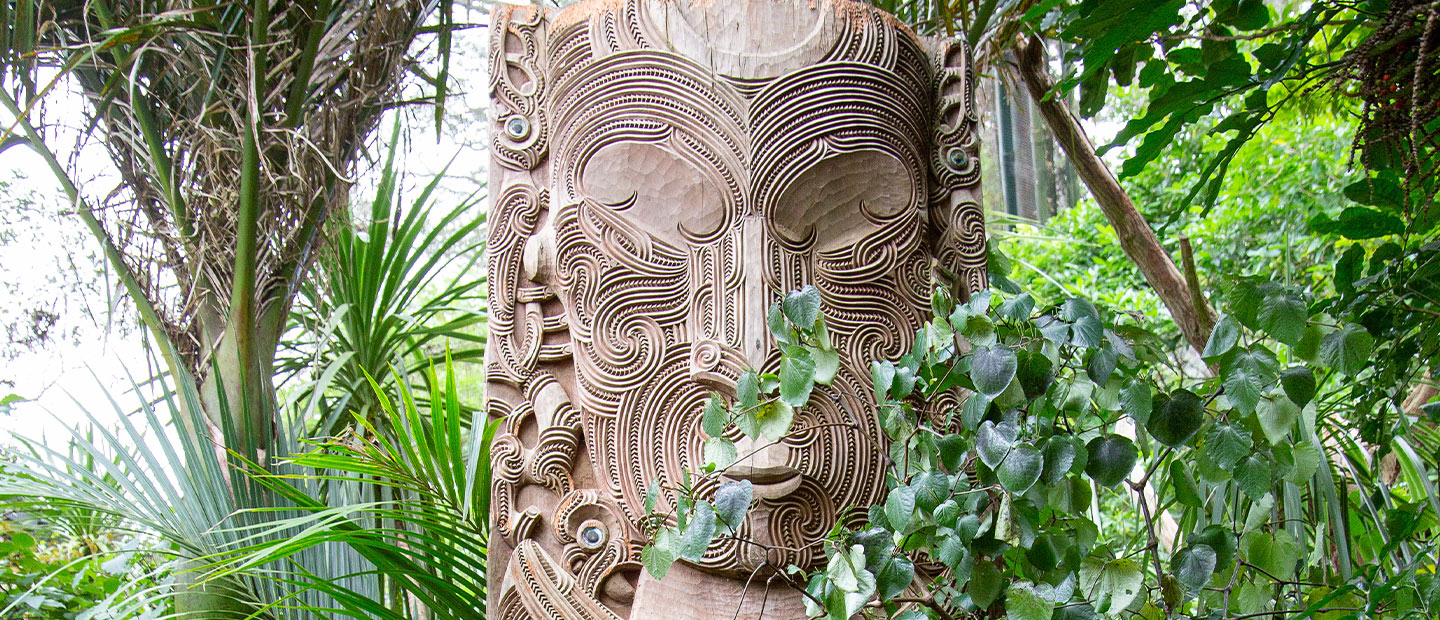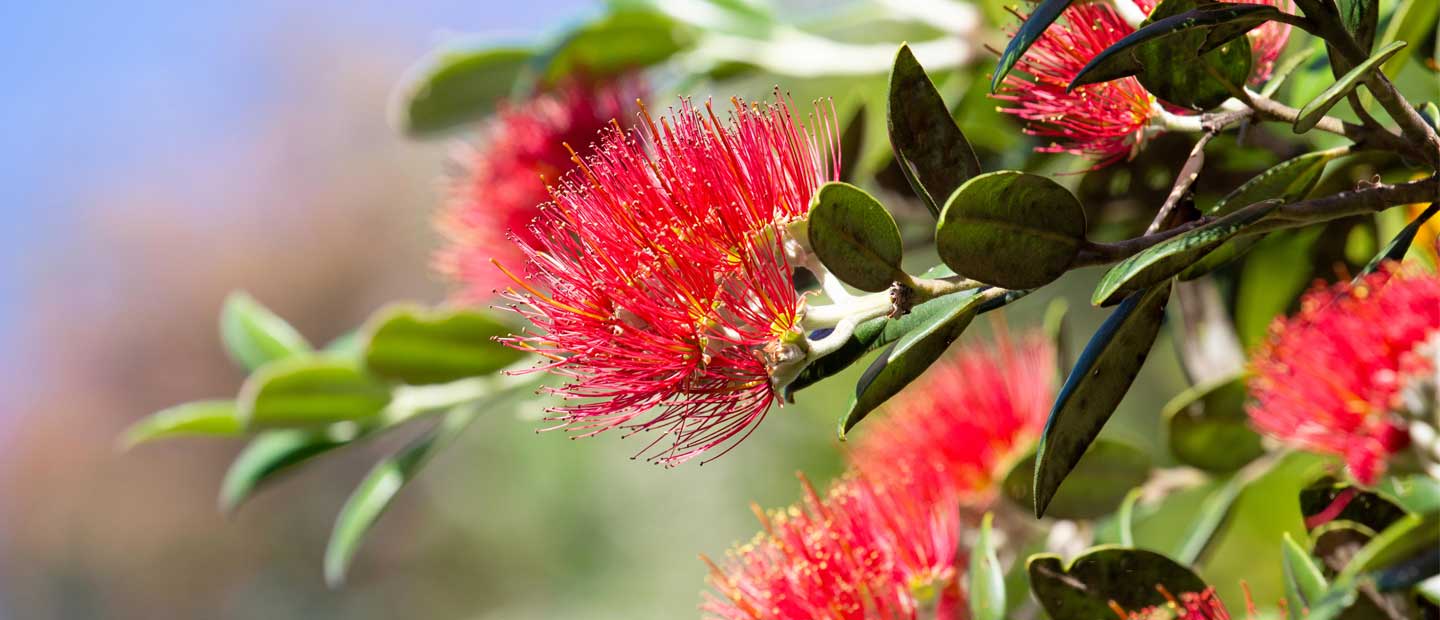Looking at the incredible kararehe (animals) we have here in Aotearoa, this session provides insight into their origins and how indigenous knowledge is informed by observation of te taiao (the natural world).
There is so much we can learn about te taiao from indigenous knowledge systems like whakapapa. Guided by a facilitator, students of all ages will take a walk-through Te Wao Nui and observe some of our unique NZ species and ecosystems. Together, they will discover how a variety of living things are classified in te ao Māori (the Māori worldview) and how we are all connected! Students will leave inspired and encouraged to take conservation action in their backyard and to learn more about the interconnectedness of the world around us!
Bookings are essential. Available during term time. *Different rates may apply to international student groups.




